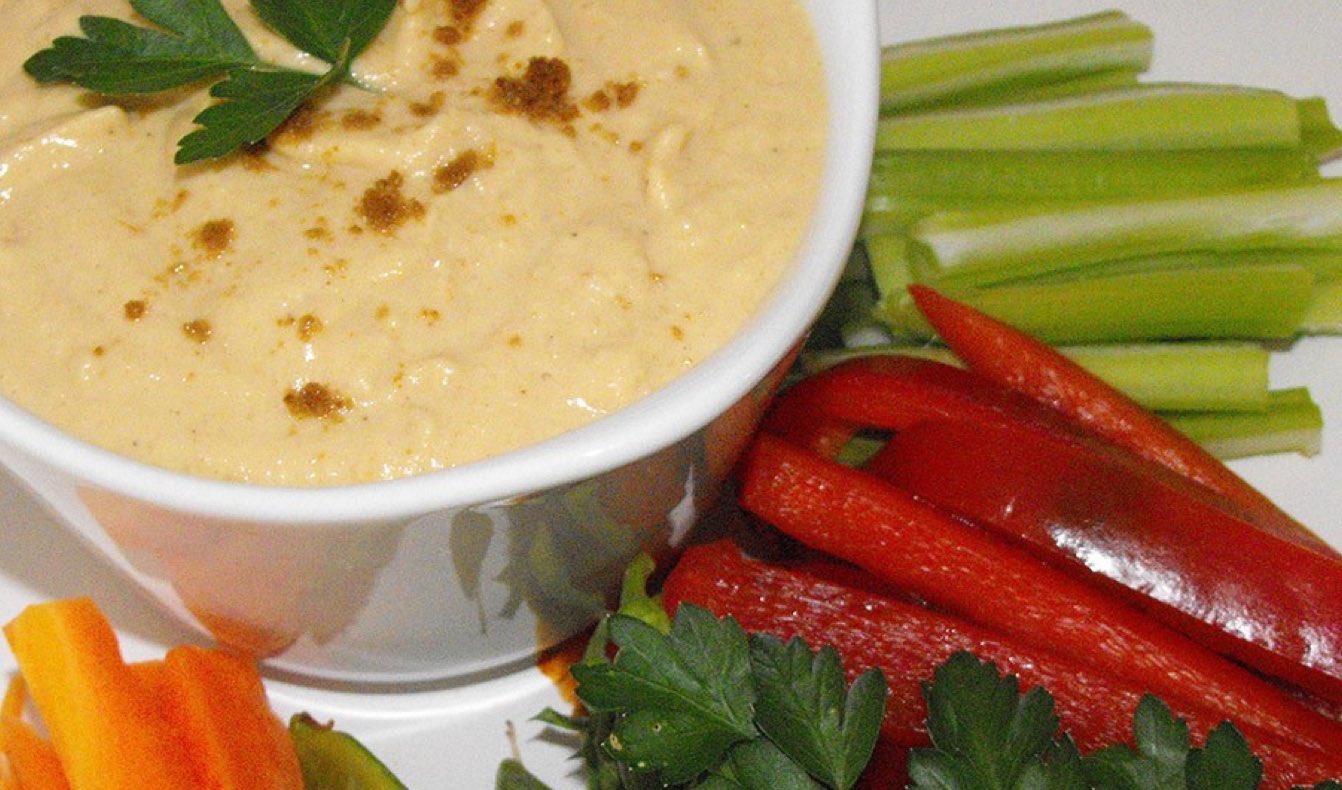With a large community of students from a Lebanese background, I got to learn about and see the kinds of clothing and music that were familiar to my friends in their homes.
It was also a chance to discover and taste the different types of food that parents prepared for their kids to take to school.
While we’d sat together in the playground through many lunch breaks, I’d never thought to take a look in my friends’ lunch boxes.
The contents were mostly the same as mine, but with some cultural differences in the types of foods packed and how they were consumed. These differences are something that Cancer Council NSW has picked up on through the work of our flagship nutrition program Eat It To Beat It.
As part of delivering Healthy Lunch Box sessions to thousands of parents, we’re aiming to work with all families from Australia’s multicultural community by delivering sessions in different languages and including a variety of foods from around the world. Our Arabic Healthy Lunch Box sessions are helping Arabic-speaking parents add more fruit and vegetables to their children’s school lunches.
A bilingual speaker delivers the sessions in English and Arabic where appropriate. Parent resources are in English and Arabic and the content – which highlights how packing a healthy lunch box has life-long cancer prevention benefits – is highly visual and interactive.
Speaking to a mum, Salma Germanos, who has four school-aged children, after she attended a recent session, it was great to hear how well the Arabic Healthy Lunch Box program is being received. “I’m already using the practical tips on what to pack in the lunch box and ideas for fruit and vegetable snacks,” she says.
Having a program facilitator able to translate parts of the session to Arabic, if requested, was helpful for parents with English as their second language too.
With Harmony Day and the continued rollout of Arabic sessions in mind, here’s a few healthy lunch box ideas and recipes with a Middle Eastern flavour for you to try:
- Pita pocket, lavash or Lebanese bread – put fillings such as hummus, falafel and tabouli inside a pita bread pocket or roll them in Lebanese bread.
- Raw vegie sticks with homemade or shop-bought hummus – try carrot, capsicum, celery, cucumber, snow peas, or baby corn with hummus (make your own with our recipe below).
Hummus – in three easy steps!
Preparation time: 10 minutes
Serves: 8
Ingredients:
- 420g tin chickpeas, rinsed and drained
- 2 tbsp tahini
- 1 clove garlic, crushed
- Juice of ½ lemon
- ¼ tsp ground cumin
- ¼ tsp ground coriander
- Black pepper, to taste
- 3–4 tbsp warm water
Method:
- Combine all ingredients except the water in a food processor, or using a stick blender.
- Mix until a paste is formed.
- Keep mixing and slowly add water until a smooth consistency is reached.
Variation:
Try cannellini or kidney beans instead of chickpeas.









